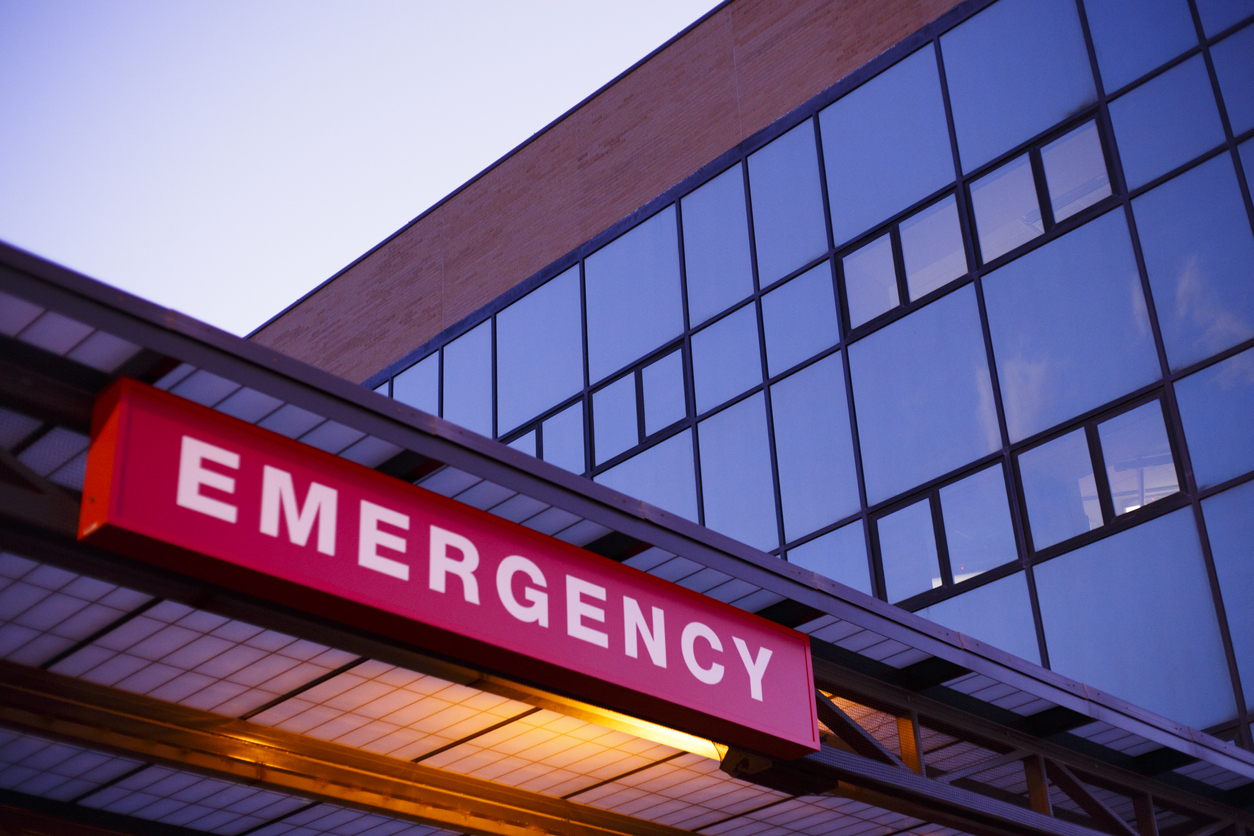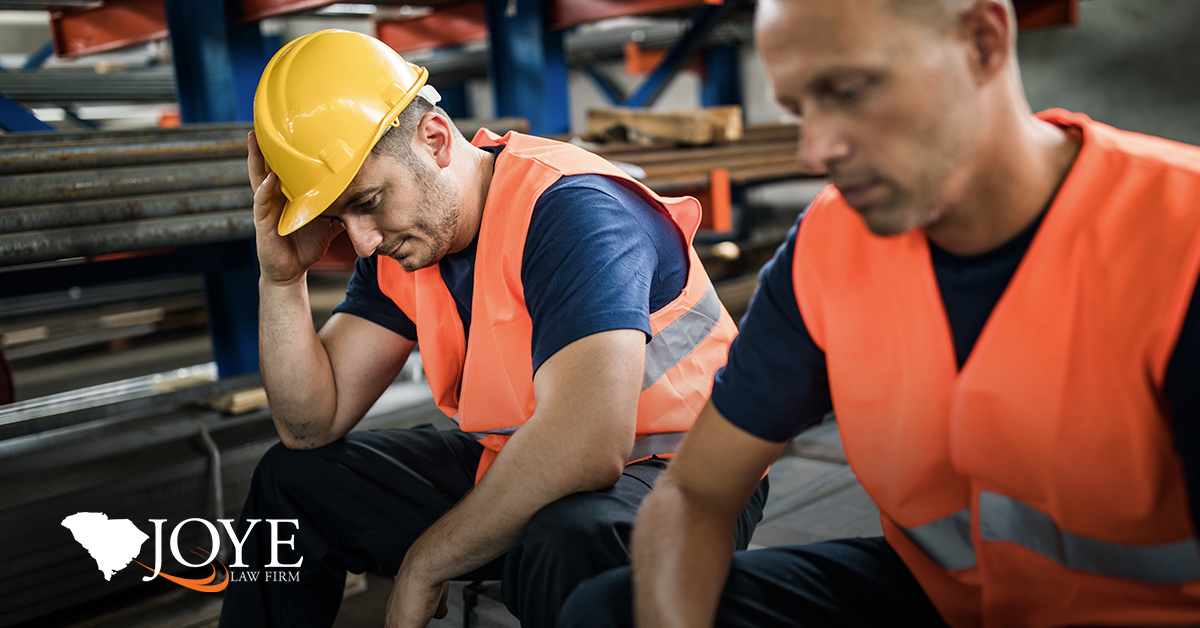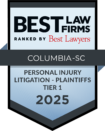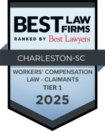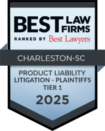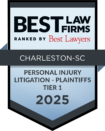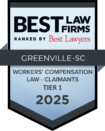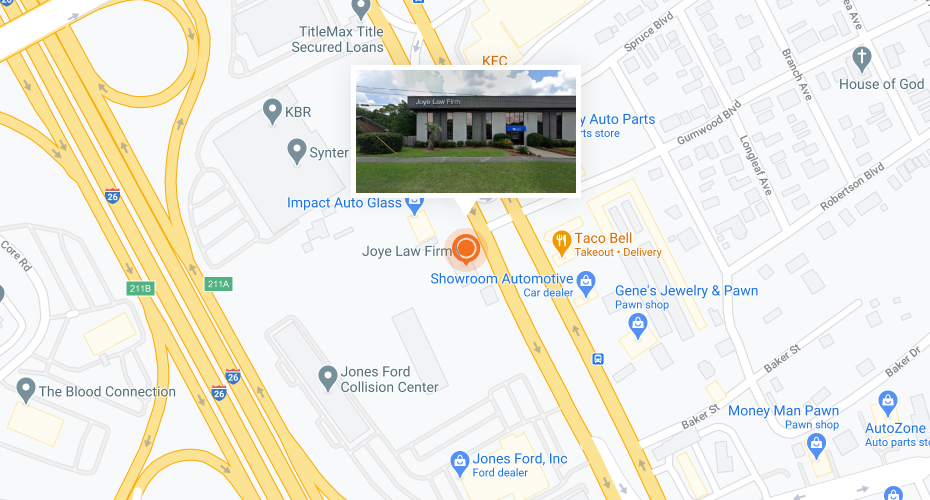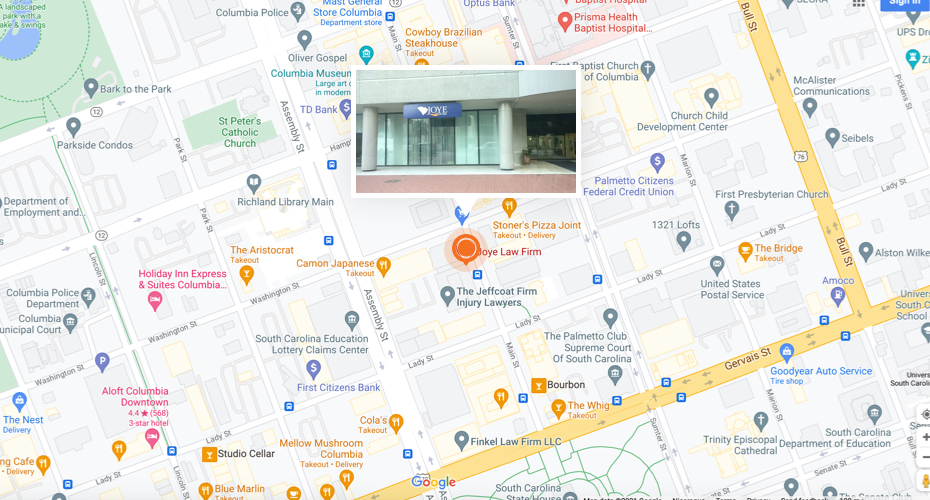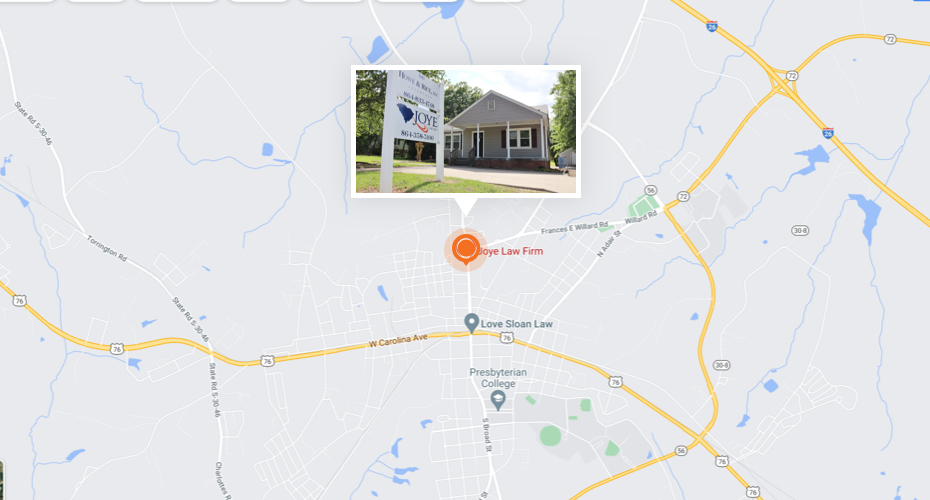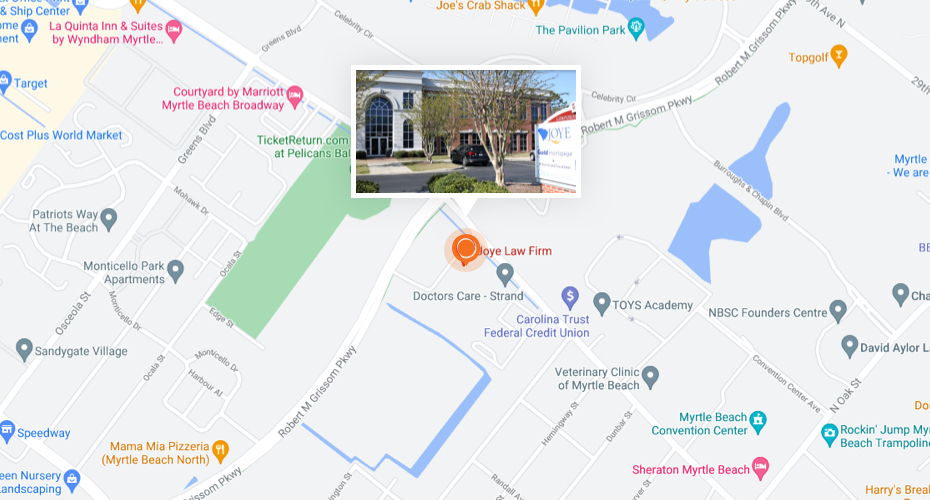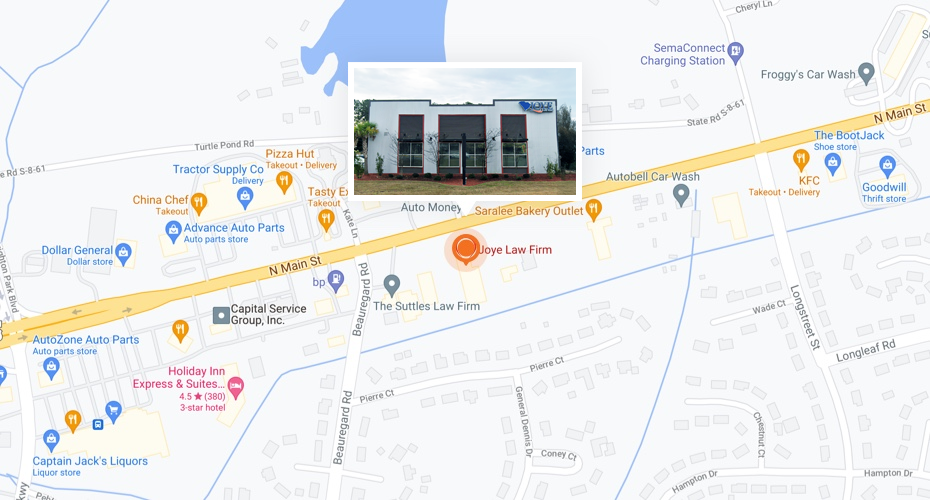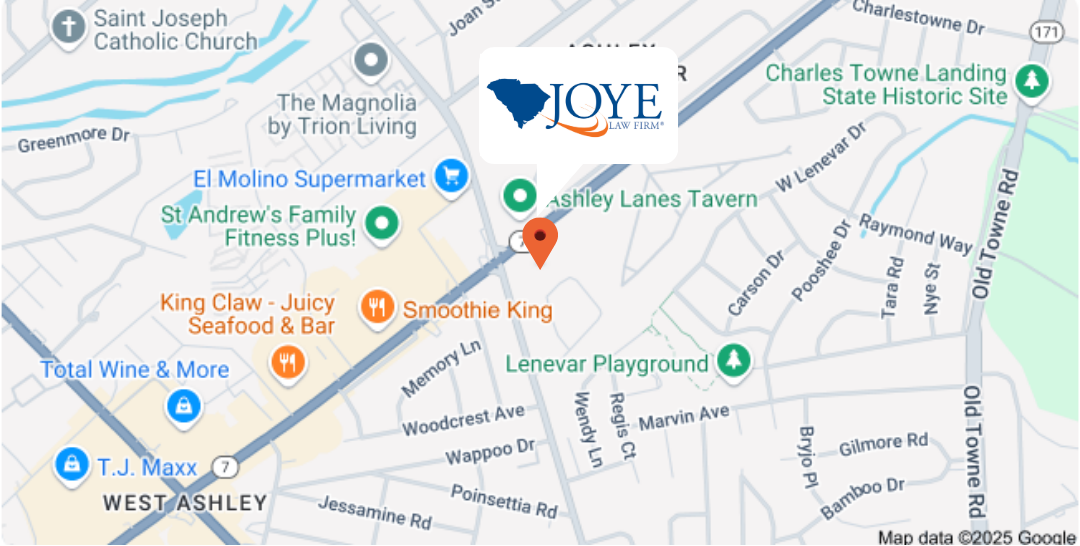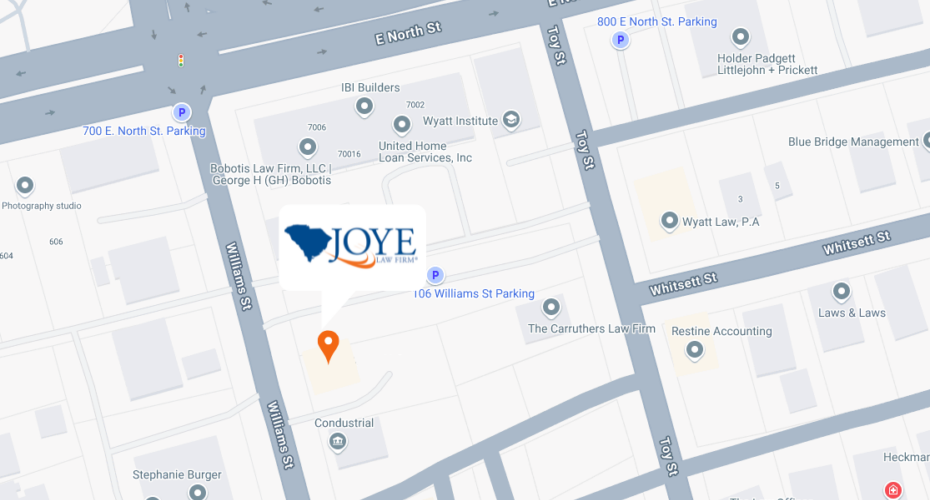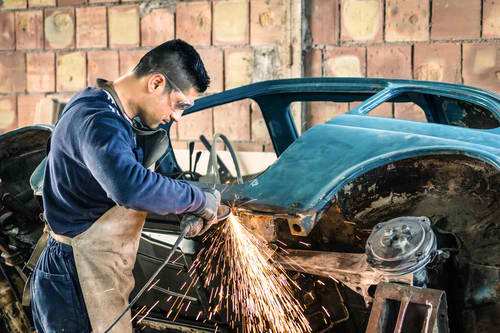
Manufacturing is a major industry in South Carolina. According to recent stats from the National Association of Manufacturers, it accounted for almost $40 billion in output for the state in a single year. Additionally, nearly 12% of South Carolina’s entire work force is employed in manufacturing. It is with good reason that all of us celebrate when companies like BMW, Boeing, Mercedes and Volvo decide to build large plants in our state.
While the benefits to a community of having a thriving manufacturing presence are extensive, the nature of this work can often lead to serious work injuries. Accidents in a manufacturing facility can quickly alter a worker’s entire life. When a manufacturing accident does happen, an injured worker needs workers’ compensation to kick in quickly to cover medical treatment and partial wage replacement.
Every accident is different. However, certain types of accidents and injuries are common across an entire industry. There are a lot of statistics available on types of South Carolina manufacturing accidents, their causes, and what to do following a workplace injury.
Statistics on Manufacturing Accidents
According to the U.S. Bureau of Labor Statistics, there were 343 fatal manufacturing accidents recorded in the United States in a single recent year. In the Bureau’s publication entitled, Highest Incident Rates of Total Nonfatal Occupational Injury and Illness Cases, 2018, the manufacturing industries with the high rates of injuries include food manufacturing, metal manufacturing, transportation manufacturing, and motor vehicle manufacturing. Several companies in these industries operate in South Carolina.
Types of Manufacturing Accidents in the Workplace
Due to the fact that manufacturing employees often work with heavy machinery and large equipment, as well as dangerous substances like chemicals, they deal with some unique risk factors. However, manufacturing employees are also subject to the same, common injuries suffered by workers in what are considered “safer” industries as well.
Some examples of manufacturing accidents include:
- Slip-and-fall accidents. Slip-and-fall accidents are among the most common of all workplace injuries, and manufacturing is no different. Walking surfaces that are slippery, raised, cluttered or not properly protected all raise the risk of slip-and-fall accidents.
- Repetitive motion and overexertion injuries. Manufacturing positions often require employees to complete the same task repeatedly throughout the day. Using the same muscles over and over can lead to both repetitive motion and over-exertion injuries, even when not lifting heavy things. Workers in sewing and textile manufacturing, those who work on assembly lines and even office workers may be at risk of repetitive motion injuries. These are complex cases and often require expert testimony in the area of ergonomics to be successfully prosecuted.
- Caught in machinery accidents. Typically, the manufacturing industry conjures images of large objects and heavy machinery. Because of this unique danger posed by large equipment, certain manufacturing workers are at risk for being caught in or crushed by one of these pieces of machinery. This one of the most devastating types of accidents, and it can result in amputation, a crushed limb, broken bones, head or traumatic brain injury, spinal cord injury, or even death. Sadly, our firm has handled many of these types of cases, including a teen worker who lost an arm and a steel worker who was killed in a machine crush accident.
- Being struck by an object. The manufacturing floor can get chaotic with both people and objects moving around. If a worker collides with an object, or if an object is dropped, improperly controlled, or poorly restrained, serious injuries may occur. Depending on the weight of the object and the force with which it hits, a worker could be left permanently impaired.
- Exposure to dangerous chemicals or hazardous materials. Many manufacturers use, store or even manufacture chemicals or other hazardous materials. When a worker is exposed to these dangerous substances, a host of complications may arise, including burn injuries, increased risk of cancer, lung diseases, asthma, breathing problems, disfigurement, and in extreme cases, death.
Top Causes of Manufacturing Accidents
The highest priority of every manufacturing floor should be safety, with the goal of an accident-free workplace. That’s because most manufacturing injuries and accidents are avoidable. However, things like slips and falls, being caught in machinery, being struck by an object, and many other accident types often occur because of safety violations or hazardous conditions.
Employers have an obligation to do things like properly store dangerous chemicals and follow scaffolding standards set forth by the Occupational Safety and Health Administration (OSHA) to prevent the risk of workplace injuries.
In some circumstances, a third-party and not the employer may be at fault for failure to maintain a safe working environment. It is very important that these situations are fully investigated by an experienced law firm. While an injured worker is limited to recovering workers’ compensation benefits for a work injury from her employer, the worker may be able to pursue a negligence claim (which is often more valuable) if a third party was at fault in causing the accident. Pursuing both a workers’ compensation and a third party negligence claim for the same accident is a complicated process. If not done properly, the injured worker can inadvertently void her entitlement to workers’ compensation benefits in these situations.
Tips for Preventing Accidents at Manufacturing Facilities
In order to prevent manufacturing facility accidents and other workplace injuries, South Carolina employers should:
- Invest in proper safety and job training
- Ensure all employees have proper safety equipment
- Maintain a safe, hazard-free facility
- Maintain equipment and machinery and keep it in safe, working order
- Provide the supervision necessary to ensure all jobs are being performed safely
I Have Been Hurt at Work. Now What?
While many manufacturing accidents in South Carolina are preventable, they still occur frequently. If you have been injured on the job, you should be eligible for workers’ compensation benefits. South Carolina’s workers’ compensation system is a no-fault system. This means that when a workplace accident occurs, employees are entitled to benefits, regardless of who was at fault for the accident.
Since compensation is available unrelated to fault, an injured worker does not have to prove their employer did anything wrong in order to recover benefits. Further, the law states that even workers who were at fault for their own injuries cannot be barred from recovering workers’ comp benefits. The South Carolina Workers’ Compensation Commission reports that every South Carolina employee “with certain notable exceptions” is presumed to be covered by workers’ compensation insurance.
The no-fault structure of the workers’ compensation system also has its limits. It came into existence in South Carolina in 1937 as a compromise between employers and labor leaders. Since workers’ compensation covers workers’ injuries regardless of fault, employees are generally barred from filing a lawsuit against their employer. That is why workers’ compensation is called an “exclusive remedy” for injured workers in South Carolina. It is the only system available to injured workers to resolve their claims against their employers, even if the employer was negligent in causing the accident or creating a safety hazard.
The only way an injured worker can go beyond the no-fault workers’ compensation system and file a lawsuit in court is if that suit is against a negligent third party who caused or significantly contributed to the accident. For example, if a worker at a manufacturing facility is injured by a defective piece of equipment, the victim may be able to file a lawsuit against the maker of the defective equipment in addition to seeking workers’ compensation benefits through their employer. If a worker is injured due to an accident involving scaffolding which was improperly installed by a third party, the worker should be able to sue the scaffolding installer for negligence in addition to receiving workers’ comp benefits.
Contact an Experienced South Carolina Workers’ Compensation Attorney
The aftermath of a manufacturing accident can be a scary and confusing time. You want to make the right decisions for both your health and financial future, especially if you are facing the possibly of needing a surgery or being out of work for a prolonged time. While it may be tempting to push off big decisions, you must take action quickly to protect your rights. The first step is contacting an experienced workers’ compensation attorney. Someone versed in South Carolina workers’ compensation law can review your claim, and can help you secure everything you’re owed under either the workers’ compensation system or by filing a lawsuit. At the Joye Law Firm, we have lawyers with over 250 years of combined experience handling serious injury cases and our track record of results speaks for itself. We urge you to take advantage of a free, no-obligation consultation with our law firm.





